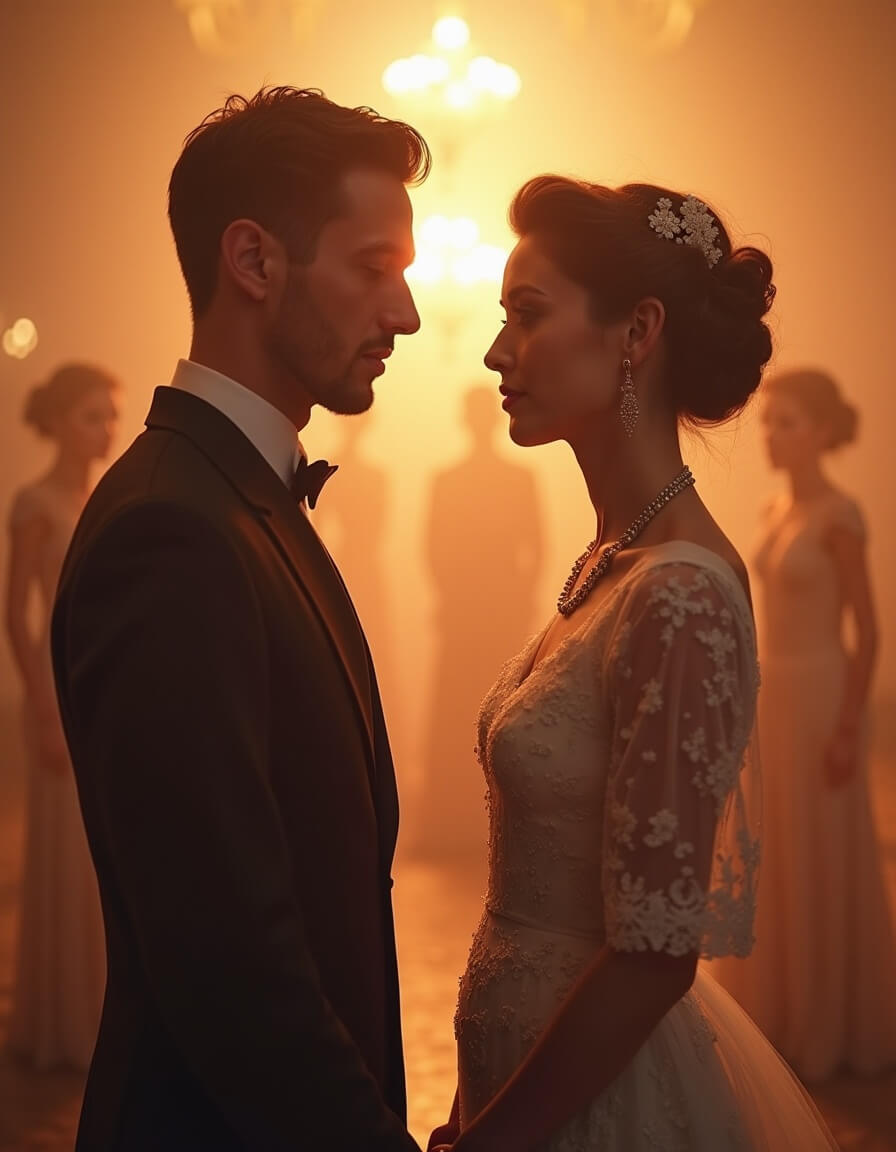In Hollywood’s golden era, many public couples entered into a Lavender Marriage to protect personal privacy. This union helped closeted stars maintain careers while avoiding scandals. Today, the term describes any partnership formed for image management rather than romantic love. Understanding this secret alliance sheds light on celebrity culture and social pressures. Read on to learn how these arrangements emerged, their impact on public perception, and why some individuals still choose them today.
Origins of Lavender Marriage
Early examples appeared in 1920s Hollywood when studios and stars faced strict moral codes. To protect gay or bisexual actors, studios arranged partnerships with actresses or actors whose sexuality was not under threat. These alliances kept fans and tabloids focused on careers and films. By framing unions as real romances, studios managed social norms and prevented damaging rumors. This practice spread beyond film into politics and literature, marking a hidden chapter in social history.
Why Celebrities Choose a Lavender Marriage
Closeted stars often faced public shame and career ruin if private lives emerged. A Lavender Marriage offered legal ties that covered true identities without scandals. Celebrities valued privacy, image management, and contractual stability. These unions united partners who respected each other’s needs for protection. By sharing publicity and social events, couples reinforced mutual goals. This strategy still appeals to some people facing pressure in public life.
Key benefits of Lavender Marriage
These partnerships offered career longevity, social acceptance, and protection from tabloid gossip. Actors and public figures gained mutual support and maintained brand images. Partners could negotiate privacy agreements and control media narratives. By sharing roles in society, couples normalized appearances and influenced social norms. Many reported improved mental well-being thanks to understanding alliances.
Modern Lavender Marriage in Pop Culture
Today, public figures sometimes adopt similar agreements to avoid scrutiny. Musicians, influencers, and politicians navigate intense media landscapes. They form partnerships for strategic reasons, balancing personal truth with public demands. Social media has changed visibility but secret arrangements still exist. Understanding these choices reveals how image control remains vital in modern celebrity culture.
Conclusion
In conclusion, Lavender Marriage has evolved from studio-enforced unions to strategic image partnerships. These hidden alliances highlight how celebrities navigate privacy and public perception. While love and romance may be absent, this strategy resembles a marriage grounded in public image.













